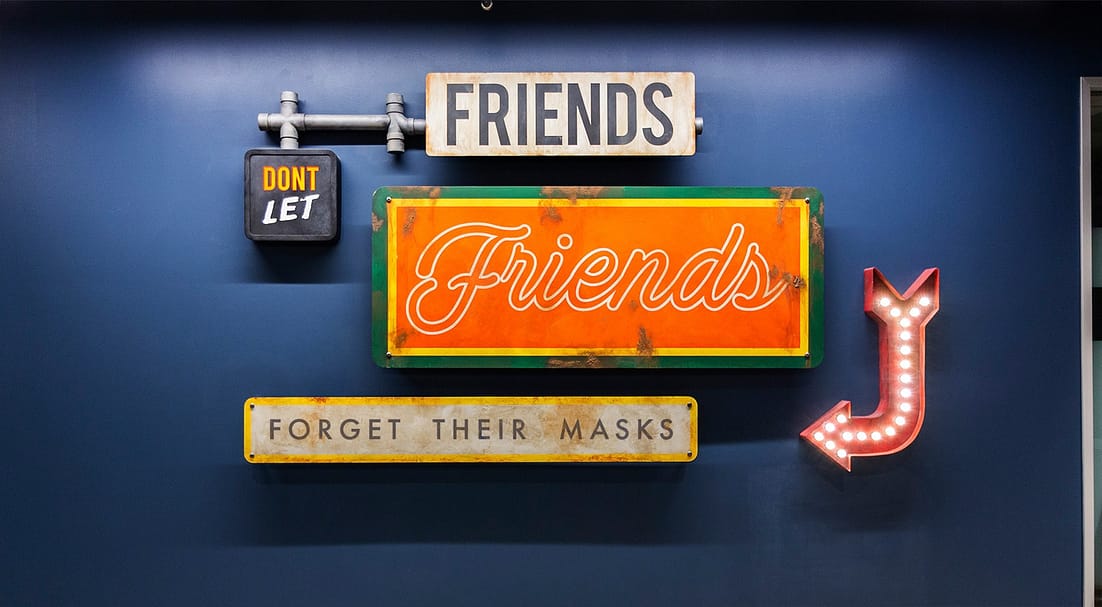By Julie Maggos, SEGD, LEED AP | Senior Director of Experiential Design

Original photography © Alex Grummer. Confidential Client, Seattle.
As we grapple with the new realities of returning to the post-COVID-19 workplace, the IA Interior Architects EGD (experiential graphic design) team is exploring how graphics and signage may help to direct and inform employees to new policies and protocols that will be in place upon their return.
IA’s Revived Workplace program addresses every aspect of the workforce experience as facilities and workplace experience managers prepare their teams for the eventual return to the workplace. The EGD team's role in this, namely the Protocol Signage & Graphics Turnkey Solution, centers around a signage kit of parts that can be easily adapted to the clients and brands with whom we work. Focusing on navigation and change management, the efforts can be informed by the IA Workplace Readiness Assessment and Action Plan, or adjusted to fit into an existing schema. The package of signage and wayfinding tools offers an expeditious solution for organizations eyeing a return to the workplace in the next few weeks or months.
Never have clear signage, wayfinding and graphic communication in the workplace been more important. Initially, there is a need to quickly adapt with immediate signage that is direct and informational. These solutions will likely be temporary, lower cost design interventions, but they don’t have to be austere. As an example, messaging on hand sanitizer stations can match the voice and style of your organization. A simple graphic and message that fits your brand can go a long way to being authentic, reassuring, and motivating for employees.
After associates settle in,longer term solutions can be softer, friendlier, and more about adapting to the new normal. These solutions will be more integrated reminders about codes of behavior. For example, in order to remind everyone to continue to wash hands for 20 seconds (a habit we should all adopt permanently), why not install an engaging graphic of song lyrics next to the sink. (here are some suggested songs to sing for 20 seconds) Or a light in the faucet can change color as you place your hands underneath and only turns off after 20 seconds have passed.
Because we believe that this adaptation should be an ongoing effort beyond the initial signage install, we challenged our team to brainstorm solutions for helping employees feel comfortable and safe in the changed workplace. We embarked on this endeavor in the same manner that we would approach any of our design projects—by focusing on the human experience. We explored both simple-to-execute and more complex concepts, and we put no limit on the imagination of our team members. We simply asked: how can we use design thinking to improve the revived workplace experience?
[rev_slider alias=”ideal-home-office-1″][/rev_slider]
Offices are gathering places that establish the culture of the organization, and we know that graphics can help magnify and solidify that culture. During this next step of returning to the office, IA believes it is important to proceed thoughtfully, lead with empathy, and focus on the best possible solution for the human experience.

